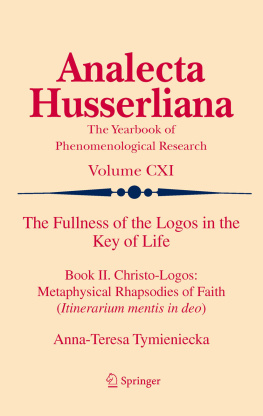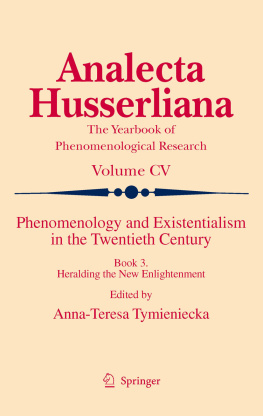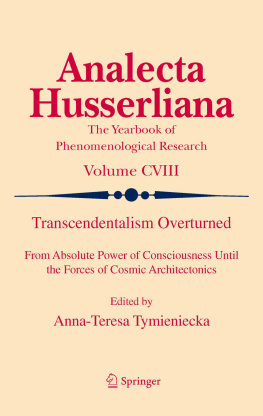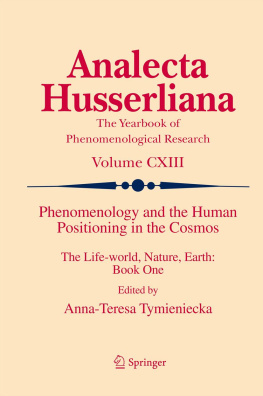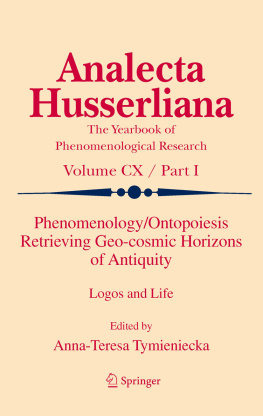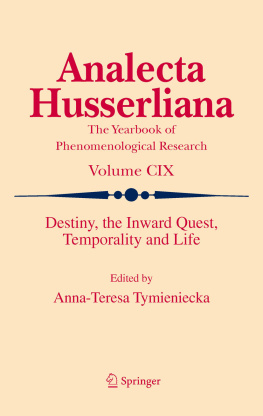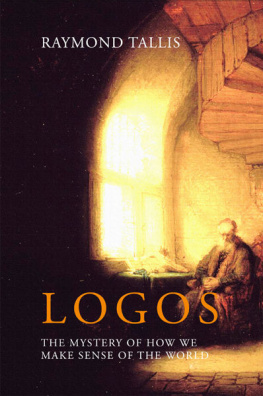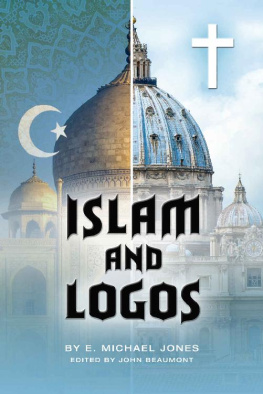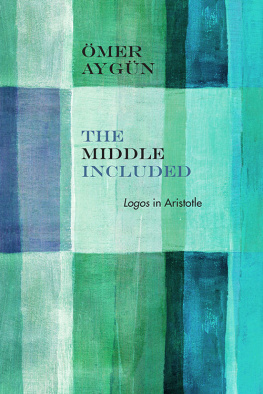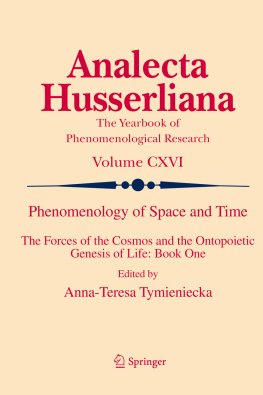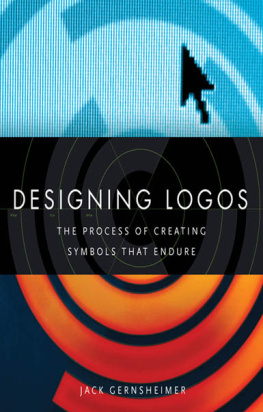The Illusion of the Return to the Source
Whatever may be the reasons for which science and philosophy attempt to disentangle the net of formal constructions that the evolving human mind has established for his own use and the races survival, the reason for which, rightly or wrongly, the contemporary artist also seeks the primitive virginal state of man is different. The purpose of the artist is not to satisfy intellectual curiosity as to what is the basic set up of the human being or the original, initial state of human virtualities from which the self-constructing process began. The purpose of the artist is to find the virginal source of human creative endeavor, which is not geared to mans survival and vital progress but to the artistic fulfillment of his nostalgias and higher yearnings. Could our artistic creative endeavor have been launched simultaneously with that human functioning oriented toward mere survival? We will allow that it did not. To the contrary, the artistic quest issues from dissatisfaction with the round of everyday life. The artist is essentially seeking to discover not how empirical reality is but rather something that naturally evolving life does not offer. His creative endeavor does not serve the aims of life or contribute to the world as it is devised for meeting these aims. How then can the source of his creative elevations be found in the primitive setup of the human mind? Is the source of the artistic, creative endeavor that would reach beyond the limitations of the established world that this endeavor is meant to transcend, that would offer the virginal ground of all forms and feelings, to be sought, therefore, in the return to the primitive, undeveloped experience of man and his basic virtualities?
If we consider the nature of our experience of life as such, we discern in it two essential components.
First of all, at every stage of lifes developmentbut what may be inferred principally about the very incipient stage of human reaction such that it rises to the level of experiencethere is an initial spontaneity. It surges blind and empty as the expression of life itself but ready to perpetuate life according to its demands and being outfitted for this purpose. If this initial spontaneity comes to acquire the status of human experience, that is, if life proceeds from its blind stage to the opening out of a self-conscious dimension, it is because its emergence must have activated the various virtualities of the individual being within which it surges. Experience as basically a spontaneity is obviously strictly individual, unshareable. It cannot be transferred from one being to another, and its origin whatever be it roots, which are not directly inspectable, restrict it to one specific individual. Here is spontaneity only and exclusively the individuals very own, his most intimate spontaneity. This is the spontaneity of an individual amid particular most complexand in their complexity, ungraspableconditions within the natural and social universe of man. This unique concreteness shared with an individual life alone is, however, complemented at its very emergence by a universally human system of functioning. In fact, spontaneity alone would not amount to more than, to use the expression of Dylan Thomas, the force that through the green fuse drives the flower had it not simultaneously activated the faculties that account for intelligibility.
The temporal constitution of spontaneity initiates, in fact, the activity of the whole system of informing, forming it in both of its aspects as felt and as signifying and does that as something that takes the form of our oneness and simultaneously establishes the antennae of our expansion beyond it. It acquires significance simultaneously as quality of feeling and as meaning and as reflecting the universe with respect to which it is felt as itself and no other.
Indeed at this very level at which the initial spontaneity establishes itself within the constitutive molds and in experience, it confronts immediately the third factor involved in its constitution: the world of other human beings and the world as the prototype of its constitutive orientation.
In fact, already at the incipient stage of human experience, that is, at the instant that opens man to a specific receptivity within towards the without, gathering it within, the whole universally human system of functionsor what phenomenologists call constitutionis oriented towards a final reference point. Alone in reference to this point can singular concrete instances of experience emerge as qualitatively specified and as informative, as an interwoven experiential set establishing a precedent with reference to which each further incoming experience is formed. We do not establish from our infancy a series or a mosaic of experiences that would stand over against each other within an imposed design, but all our experiences are intimately qualitatively familiar with each other and all of them fuse into the homogenous stream of our inner being, of our own life, of our own universe. Be it noted this felt fusing quality which, against the atomistic psychology of the British Empiricists, accounts for both the unity of our inner being and for the unity of the universe, which otherwise would be a chaos of scattered pieces, follows principally from the fact that the spontaneous flow itself gives a specific qualitative determinationnot a random one spurred by impulsesbut with reference to a prototype design that each experience enacts in relation to each incoming experience.
The second principle that forms our constant active modeling and remodeling in a two-way action-reaction referential system that seemingly operates at the fringes of our expansive experience (but which in fact forms and requalifies our qualitative molding at its very own core) is the system of the actual, existing, ever present human world within which the human experiencing being emerges and unfolds.
The surging spontaneity extends tentacles through its unqualified dynamism. Its projection does not explode into a void but within a milieu of tightly coalescing elements. Its emergence is certainly as much conditioned by this milieu as the natural response to it. The initial spontaneity of our being emerges within the circumambient milieu of the already constructed world, simultaneously as its new element and as one meant to fuse into it.

